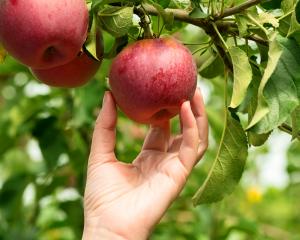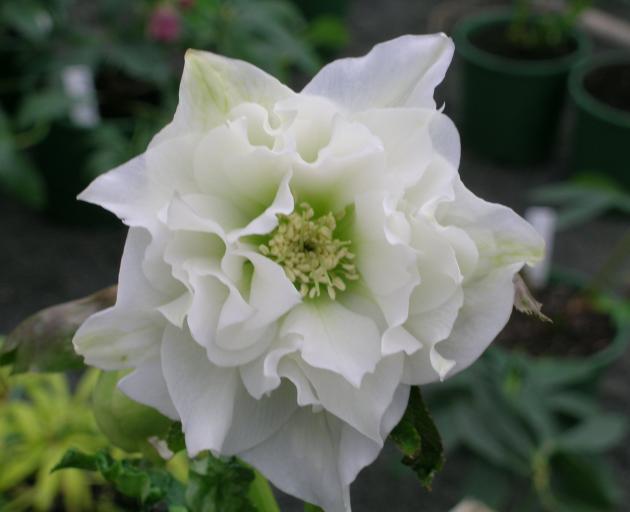
Gillian Vine finds a flower for a winter cheer-up.
May was the warmest recorded in New Zealand and June was up there, too, so it was a shock when July started with a frigid blast ripping across the South with snow for the region.
With conditions like that, an odd snowdrop still managed to poke its head up, but the stars of the season were, as always, the winter roses, or hellebores. As long as they don’t get waterlogged, these ultra-tough perennials are reliable performers. Even the elegant new double varieties are hardy, unlike many modern plants, a lot of which seem to lose their vigour with crossing and recrossing.
Winter roses are not related at all to roses but are more closely allied to ranunculus, the common name probably because the single flowers vaguely resemble a bloom of a rose.
In the northern hemisphere, they are also known as Lenten roses, not very appropriate here as they don’t flower in the 40 days leading up to Easter (Lent). Similarly, calling Helleborus niger Christmas rose is not for us.
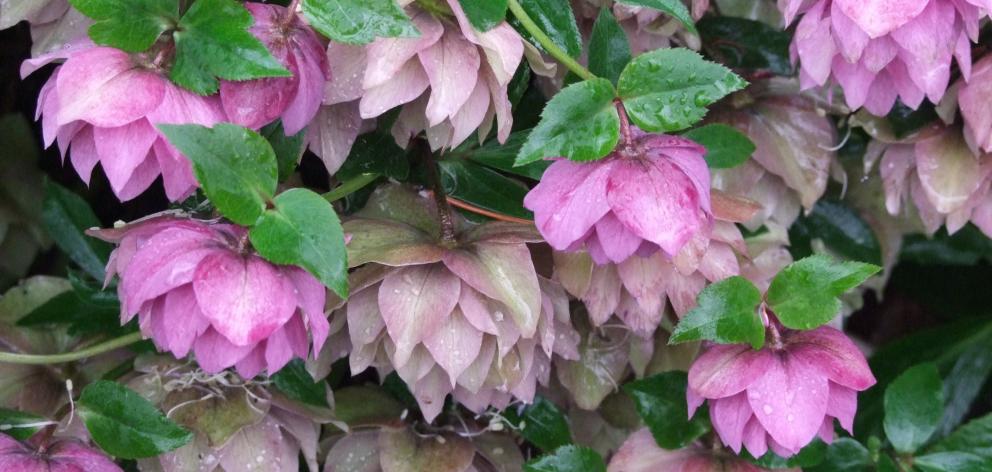
Flowers have five or six sepals, that look like coloured petals, there to protect the true bud. Being sepals, not petals, is the reason hellebore flowers last so long in the garden and in a vase.
The colour can be green, white, pink, purple/maroon, apricot or yellow, the lighter tones often speckled with darker markings. Some varieties have delicate markings on the sepal edges, for example single "White Picotee" or "Petticoat White".
Double forms are the ones that really excite hellebore devotees, though.
"We sell more doubles than anything else," said Ken Telford of Clifton Homestead Nursery, which he runs with his wife, Kate.
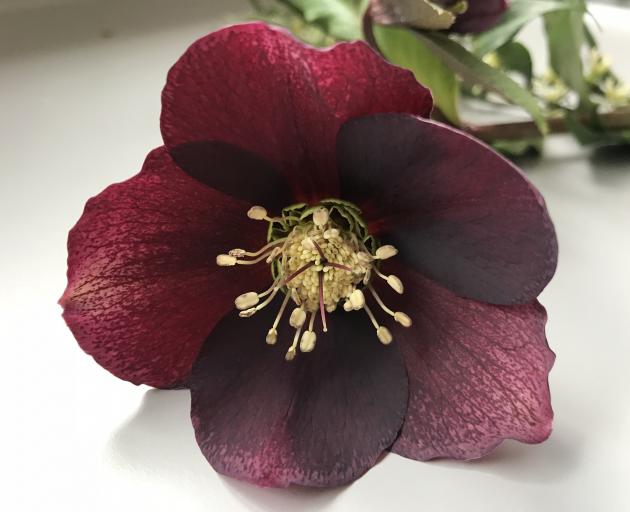
"The doubling gene has turned out to be quite dominant and has allowed many double forms to be bred," he said.
Another interesting variation that has popped up during the breeding of doubles is the anemone-centred hellebore, basically between a single and a double, with an inner row of shorter "petals", the same colour as the outer sepals.
White was popular with landscapers, Mr Telford said, but overall partiality was "really in the eye of the beholder".
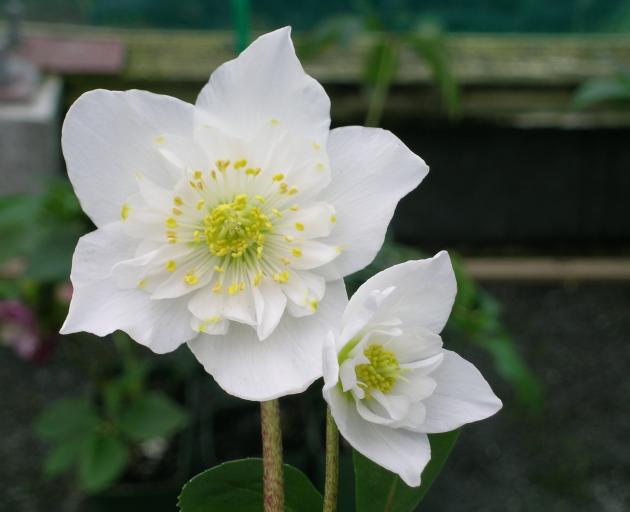
Demand for hellebores is strong, Mr Telford says, adding: "We’re pleasantly surprised."
Most grow extremely well in the South. They do best in a semi-shaded place, such as under deciduous trees, with ground that is well-drained while remaining moist. Ideally, they should not be allowed to dry out over summer, but mature clumps will cope fairly well with drought conditions. They prefer a loamy soil and can be given a boost by topdressing with compost or leaf mould after flowering. The leaves tend to get tatty from late spring, so clip them back at ground level.
If the intention is to have more of the same variety, mature plants can divided as soon as they have finished flowering.
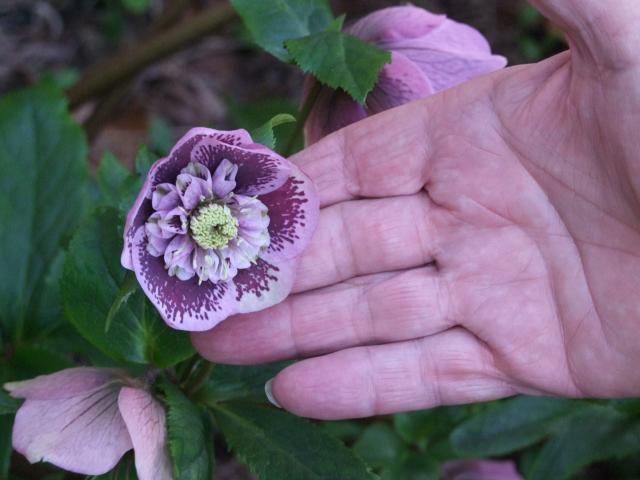
Alternatively, gather the seedlings that pop up around a plant in the garden and, again, wait to see what you get.







